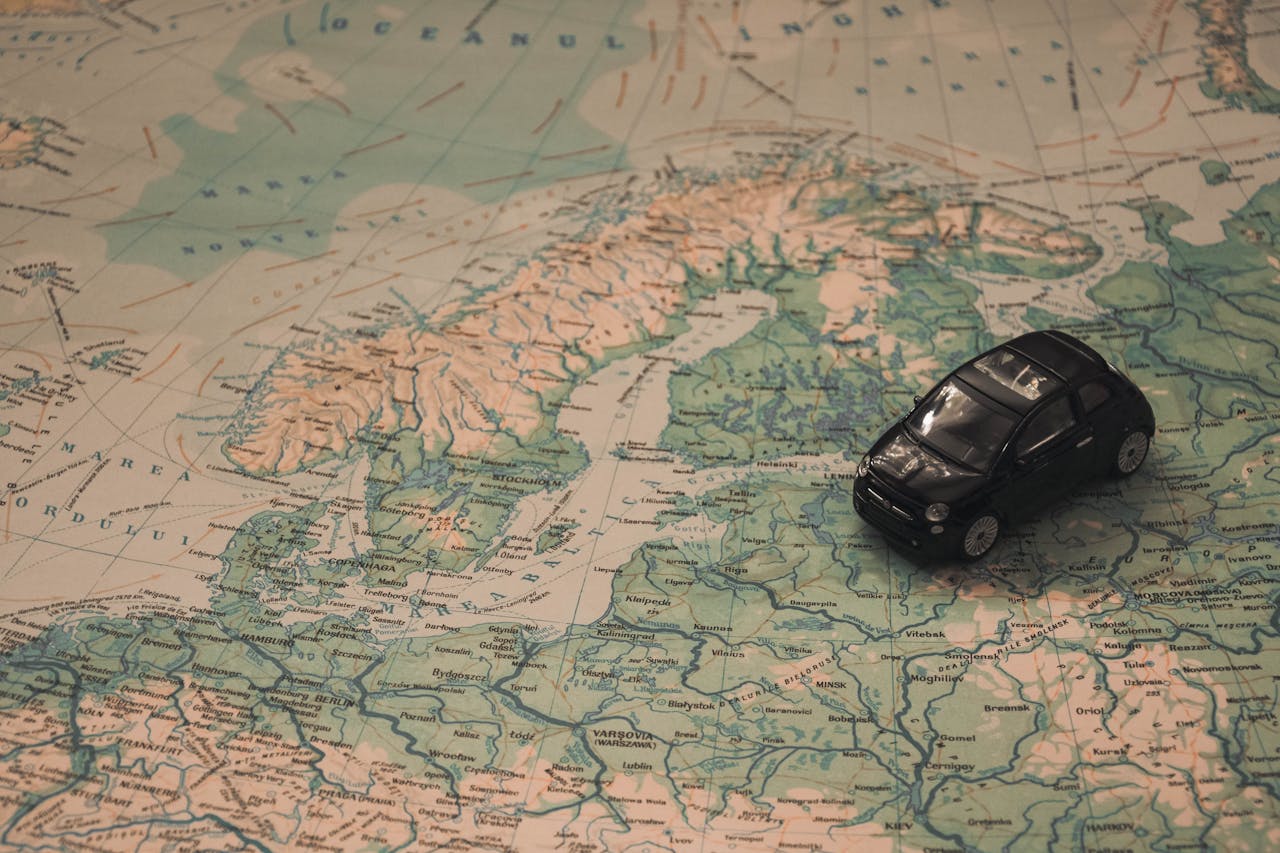FSD Insurance 101: What Every Tesla Owner Should Know
In 2025, as Tesla’s Full Self-Driving (FSD) system continues to evolve, many car owners are discovering that owning a vehicle capable of autonomous driving doesn’t just change how you drive—it changes how you’re insured.
In the U.S., Canada, and across Europe, the discussion around FSD-related insurance coverage has entered the spotlight. If you think your current car insurance covers everything simply because your Tesla can drive itself, you might be dangerously mistaken.
01. Are You Still Considered the Driver? The Legal Grey Zone
Even though your car might be “self-driving,” most jurisdictions still consider you—the human in the driver’s seat—legally responsible in the event of an accident. This means:
- If your FSD-enabled Tesla runs a red light or fails to detect a pedestrian, you could still be sued.
- Your liability coverage—not Tesla’s—will likely be the first to respond.
- Most insurance policies haven’t yet adapted to autonomous vehicle scenarios, leaving loopholes and ambiguity.
Take Germany, for instance: while Level 3 autonomy is allowed under strict conditions, the driver must still be able to take over immediately. If they don’t, the driver—not the automaker—is liable.
02. What Does Your Insurance Actually Cover?
Let’s break it down into typical categories of auto insurance and how they might interact with FSD:
| Insurance Type | Does It Cover FSD Incidents? | Notes |
|---|---|---|
| Liability Insurance | ✅ Yes (but you are still responsible) | Covers others if you’re at fault |
| Collision Coverage | ✅ Likely covers damage to your car | Depends on how the claim is filed |
| Comprehensive Coverage | ✅ Covers weather, theft, etc. | Unaffected by FSD use |
| Uninsured Motorist | ✅ Covers you if other driver is at fault | Not relevant to FSD unless multi-car |
| Cyber Coverage | ❌ Usually not included | You might need extra riders |
So, if your Tesla’s autopilot malfunctions due to a software bug, or someone hacks your car remotely, your basic auto policy likely won’t help.
03. What About Tesla Insurance?
Tesla offers its own insurance in several U.S. states, claiming to better understand and price risks for its own cars. It uses real-time driving behavior data, including:
- Hard braking
- Aggressive turns
- Time spent using FSD
This “Safety Score” affects your premium. While innovative, it also raises privacy concerns. And Tesla Insurance does not yet cover Level 4+ full autonomy failures explicitly. The company still places final liability on the driver in most jurisdictions.
04. Cybersecurity and FSD: An Overlooked Risk
Many people forget that with Full Self-Driving comes a new category of insurance risk: cyber threats. In 2023, a group of hackers demonstrated the ability to remotely access some of Tesla’s controls.
By 2025, cyber insurance is becoming a hot add-on, especially for EV owners. If your vehicle is:
- Remotely hacked, causing an accident
- Targeted for ransomware through its operating system
- Involved in a malicious software update
Then traditional policies may exclude coverage, unless you’ve specifically added cyber protection.
05. Real-Life Case: Who Paid for the Damage?
Let’s look at a real-world example:
In 2024, a Tesla Model Y using FSD Beta was involved in a low-speed crash in a San Francisco neighborhood. The owner claimed the car swerved unexpectedly toward a parked vehicle. Tesla disclaimed responsibility, citing the need for driver supervision.
The insurance company initially refused to pay, arguing the driver misused autonomous features. After media coverage and legal back-and-forth, the insurer partially paid the claim—minus liability. The owner is now suing Tesla.
Lesson? Neither Tesla nor your insurer may fully protect you in FSD-related cases.
06. What Should You Do as an FSD Owner?
Here’s a practical checklist for anyone with FSD or planning to activate it soon:
- ✅ Contact your insurer and ask specifically about FSD coverage scenarios.
- ✅ Consider Tesla Insurance—but read the small print carefully.
- ✅ Add cyber insurance coverage if available.
- ✅ Monitor legal changes in your state/country about liability in autonomous driving.
- ✅ Keep records of FSD use, especially in crash situations.
Final Thought
Owning a Tesla with FSD feels like living in the future—but your insurance policy might still be stuck in the past. As the law, technology, and insurance markets struggle to catch up, the best protection isn’t just better tech—it’s better preparation.
Who’s Liable for FSD Crashes? 2025 Legal Analysis in the U.S.



